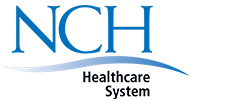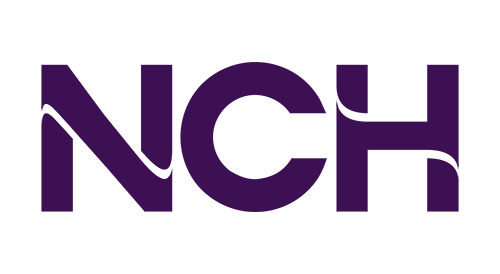Overview
An echocardiogram checks how your heart’s chambers and valves are pumping blood through your heart. An echocardiogram uses electrodes to check your heart rhythm and ultrasound technology to see how blood moves through your heart. An echocardiogram can help your doctor diagnose heart conditions.
An echocardiogram uses sound waves to produce images of your heart. This common test allows your doctor to see your heart beating and pumping blood. Your doctor can use the images from an echocardiogram to identify heart disease.
Depending on what information your doctor needs, you may have one of several types of echocardiograms. Each type of echocardiogram involves few, if any, risks.
Why it's Done
Your doctor may suggest an echocardiogram to:
- Check for problems with the valves or chambers of your heart
- Check if heart problems are the cause of symptoms such as shortness of breath or chest pain
- Detect congenital heart defects before birth (fetal echocardiogram)
- The type of echocardiogram you have depends on the information your doctor needs
Transthoracic Echocardiogram
In this standard type of echocardiogram:
- A technician (sonographer) spreads gel on a device (transducer).
- The sonographer presses the transducer firmly against your skin, aiming an ultrasound beam through your chest to your heart.
- The transducer records the sound wave echoes from your heart.
- A computer converts the echoes into moving images on a monitor.
If your lungs or ribs block the view, you may need a small amount of an enhancing agent injected through an intravenous (IV) line. The enhancing agent, which is generally safe and well-tolerated, will make your heart’s structures show up more clearly on a monitor.
Transesophageal Echocardiogram
If your doctor wants more-detailed images or it’s challenging to get a clear picture of your heart with a standard echocardiogram, your doctor may recommend a transesophageal echocardiogram.
In this procedure:
- Your throat will be numbed, and you’ll be given medications to help you relax.
- A flexible tube containing a transducer is guided down your throat and into the tube connecting your mouth to your stomach (esophagus).
- The transducer records the sound wave echoes from your heart.
- A computer converts the echoes into detailed moving images of your heart, which your doctor can view on a monitor.
Doppler Echocardiogram
Sound waves change pitch when they bounce off blood cells moving through your heart and blood vessels. These changes (Doppler signals) can help your doctor measure the speed and direction of the blood flow in your heart.
Doppler techniques are generally used in transthoracic and transesophageal echocardiograms. Doppler techniques can also be used to check blood flow problems and blood pressure in the arteries of your heart — which traditional ultrasound might not detect.
The blood flow shown on the monitor is colorized to help your doctor pinpoint any problems.
Stress Echocardiogram
Some heart problems — particularly those involving the arteries that supply blood to your heart muscle (coronary arteries) — occur only during physical activity. Your doctor might recommend a stress echocardiogram to check for coronary artery problems. However, an echocardiogram can’t provide information about any blockages in the heart’s arteries.
In a stress echocardiogram:
- Ultrasound images of your heart are taken before and immediately after you walk on a treadmill or ride a stationary bike
- If you’re unable to exercise, you may get an injection of a medication to make your heart pump as hard as if you were exercising
Risks
No risks are involved in a standard transthoracic echocardiogram. You may feel some discomfort from the transducer being held very firmly against your chest. The firmness is necessary to produce the best images of your heart.
If you have a transesophageal echocardiogram, your throat may be sore for a few hours afterward. Rarely, the tube may scrape the inside of your throat. Your oxygen level will be monitored during the exam to check for any breathing problems caused by sedation medication.
During a stress echocardiogram, exercise or medication — not the echocardiogram itself — may temporarily cause an irregular heartbeat. Serious complications, such as a heart attack, are rare.
How You Prepare
Food and Medications
No special preparations are necessary for a standard transthoracic echocardiogram. You can eat, drink and take medications as you normally would.
If you’re having a transesophageal echocardiogram, your doctor will ask you not to eat for several hours beforehand.
Other Precautions
If you’re having a transesophageal echocardiogram, you won’t be able to drive afterward because of the medication you’ll likely receive. Be sure to arrange for a ride home.
What You Can Expect
During the Procedure
An echocardiogram can be done in the doctor’s office or a hospital.
For a standard transthoracic echocardiogram:
- You’ll undress from the waist up and lie on an examination table or bed.
- The technician will attach sticky patches (electrodes) to your body to help detect and conduct your heart’s electrical currents.
- The technician will also apply a gel to the transducer that improves the conduction of sound waves.
- The technician will move the transducer back and forth over your chest to record images of sound-wave echoes from your heart. You may hear a pulsing “whoosh,” which is the ultrasound recording the blood flowing through your heart.
- You may be asked to breathe in a certain way or to roll onto your left side.
If you have a transesophageal echocardiogram:
- Your throat will be numbed with a spray or gel
- You’ll be given a sedative to help you relax
- The tube containing the transducer will be guided down your throat and into your esophagus, and positioned to obtain images of your heart
Most echocardiograms take less than an hour. If you have a transesophageal echocardiogram, you may be watched for a few hours at the doctor’s office or hospital after the test.
After the Procedure
Most people can resume their normal daily activities after an echocardiogram.
If your echocardiogram is normal, no further testing may be needed. If the results are concerning, you may be referred to a doctor trained in heart conditions (cardiologist) for more tests.
Results
Information from the echocardiogram may show:
- Changes in your heart size. Weakened or damaged heart valves, high blood pressure or other diseases can cause the chambers of your heart to enlarge or the walls of your heart to be abnormally thickened.
- Pumping strength. The measurements obtained from an echocardiogram include the percentage of blood that’s pumped out of a filled ventricle with each heartbeat (ejection fraction) and the volume of blood pumped by the heart in one minute (cardiac output). A heart that isn’t pumping enough blood to meet your body’s needs can lead to symptoms of heart failure.
- Damage to the heart muscle. An echocardiogram helps your doctor determine whether all parts of the heart wall are contributing normally to your heart’s pumping activity. Areas of heart wall that move weakly may have been damaged during a heart attack, or be receiving too little oxygen.
- Valve problems. An echocardiogram can help your doctor determine if your heart valves open wide enough for adequate blood flow or close fully to prevent blood leakage.
- Heart defects. An echocardiogram can show problems with the heart chambers, abnormal connections between the heart and major blood vessels, and complex heart defects that are present at birth.




